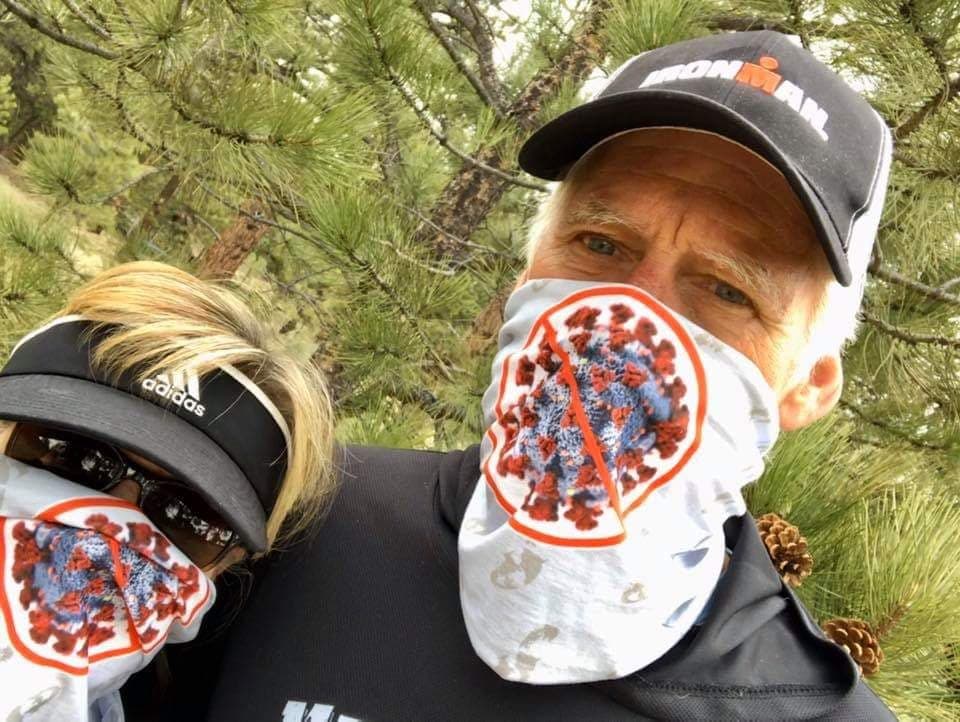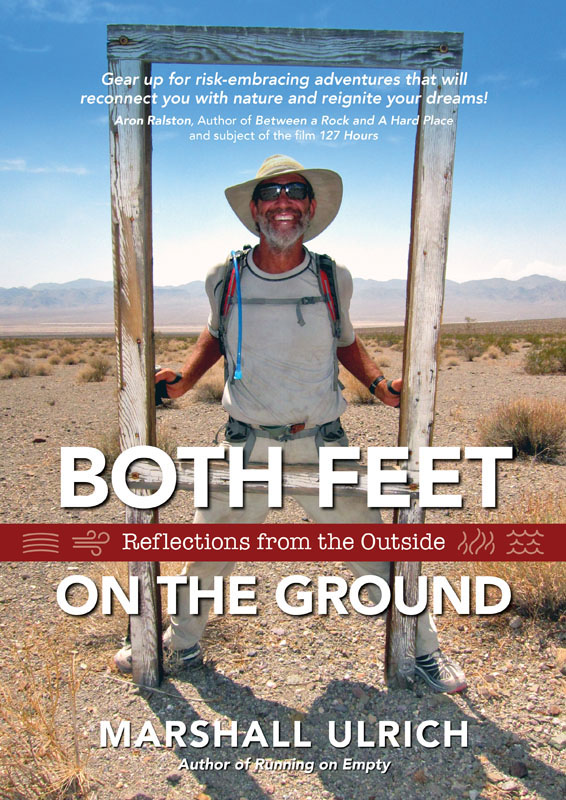Don’t Allow Yourself to Suffer from Nature Deficit Disorder
Many of you may have heard that crows like to collect and hoard shiny things; maybe like some people hoard toilet paper? (Wink wink). While the latter may be true, the former is not. At least in wild crows. Only captive birds – that have a warped sense of who they are – develop an affinity for keys, coins, jewelry, and so on.
I discussed this issue on KCPW’s The Mountain Life with hosts Lynn Ware Peek and Pete Stoughton. With recent “stay at home” or “safer at home” orders due to the coronavirus, I fear many of you may be developing a similar, and enhanced, allure to useless junk. Don’t feel badly about it. Messages that distort our natural instincts bombard us all, over-and-over, day-in and day-out: food packaging, commercials, and social media can all manipulate us into thinking we want things we don’t need. Caw, caw little crow.
Combine those messages with a lack of access to natural places and it can lead to social, psychologic, and physical breakdowns; even aggression. Like animals in outmoded zoo cages, we might even be prone to soiling the nest, which only happens when we’re not in good shape. We get soft, physically, but ridged and tightly focused on our perceived needs, and our fears. But, there is an answer. A simple one:
Get outside as often as you can, and stay out as long as you can!
Using appropriate social distancing and a mask.
if you’re going to be closer than 6 feet to others, of course.
Like our friends Pam and Mark Macy.
And leave your gadgets at home! Do not bring your cell phone, do not wear your Fitbit or GPS watch, and don’t rush home to post your route to Strava. Walk away from the ringing and dinging and pinging, as Richard Louv puts it in The Nature Principle. In his book Louv scientifically validates what I’ve personally experienced: the best antidote for stress, fatigue, feelings of alienation (spiritual disconnection and separation from your surroundings), complacency (both physical and emotional), and plain old boredom is simply getting outdoors. Declaring that “nature is the ultimate antidepressant,” Louv echoes my own sentiments: the more high-tech we become, the more nature we need. He asserts, “… a reconnection to the natural world is fundamental to human health, well-being, spirit, and survival.” I couldn’t agree more!
So, shut off the chatter and clatter. Go for a walk with the kids and your dog. Maybe stick your hands in the earth and plant a garden for the first time. It doesn’t matter if it’s vegetables, herbs, or flowers. Go jump in a lake; if it’s warm enough and safe, and you can swim. Hike up a hill or a mountain if you’re lucky enough to live near one. Just get reconnected with nature. It will ground you. And remember:
Don’t collect shiny things!
You can learn more about how to reconnect with nature, and your own natural instincts, in Both Feet on the Ground: Reflections from the Outside, available in all forms on Amazon, your favorite bookstore, or other outlets.











